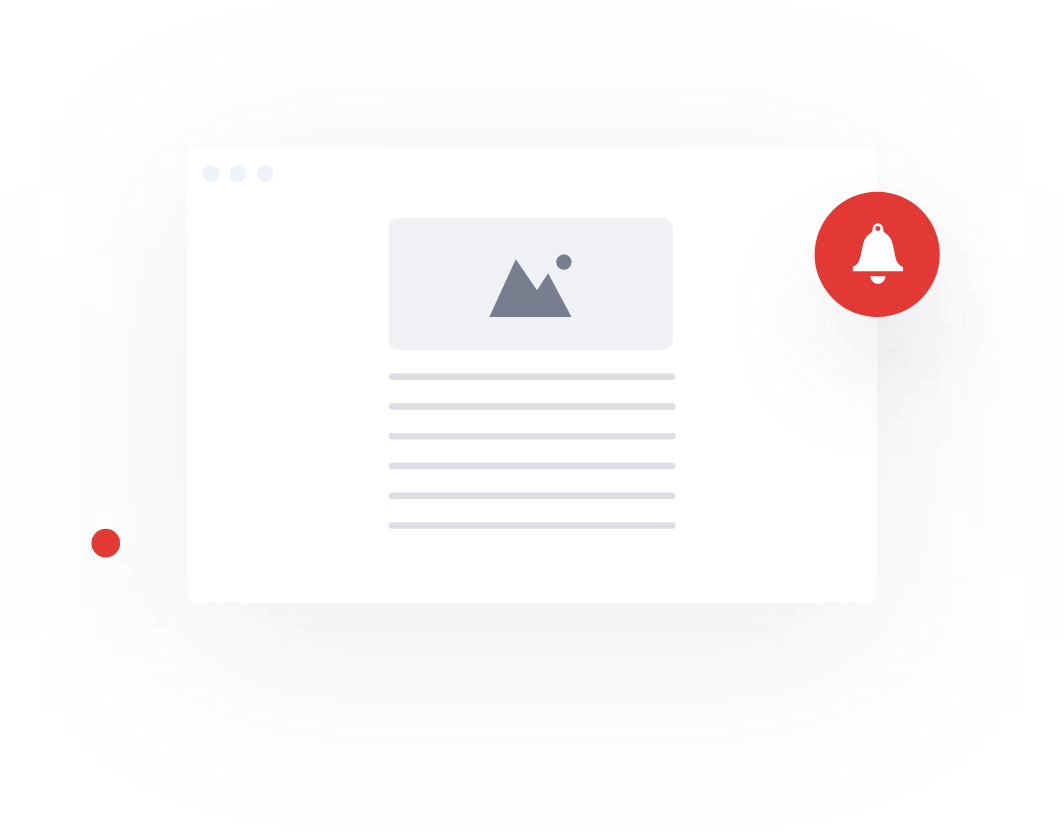Be first to know
Keep up to date with ecommerce news, trends and articles. Brought to you by Stock2Shop.
Sign up todaySage X3 is a powerful tool used by mid-sized to large enterprises to control the various facets of their business. Its highly customisable nature means that each installation is configured to meet the client’s needs.
Below is an overview of Sage’s flagship ERP.
Sage X3 is an enterprise resource planning (ERP) software that helps businesses manage virtually all aspects of their operations. It can handle a wide range of business processes, including financial management, inventory management, production management, sales, and customer service.
Sage X3 is a cloud-based solution that can be accessed from anywhere, allowing businesses to have real-time visibility and control. It also offers a customisable interface that can be tailored as required.
Sage X3 stands out among other ERP software solutions due to its rich functionality and flexibility.
A key feature of Sage X3 is its advanced analytics capabilities. The software can analyse vast amounts of data to provide businesses with actionable insights, helping them make informed decisions. This can lead to increased efficiency, reduced costs, and improved profitability.
Another standout feature of Sage X3 is its ability to integrate with other systems and applications. This means that businesses can connect Sage X3 to their existing systems, such as CRM and ecommerce platforms, to create a unified solution that streamlines their operations.
Sage X3 is also highly customisable, allowing businesses to tailor the software to their specific needs. This ability to configure the software to manage their unique processes and workflows results in a more efficient and effective solution.
The cost of Sage X3 can vary depending on various factors such as the number of users, level of customisation required, and any additional modules or features needed. However, generally speaking, Sage X3 is considered to be a premium ERP solution with a price point that is higher than many other mid-market ERP solutions. In order to get an accurate cost, it’s advisable to contact Sage (or a Sage consultancy in your area) with a budget and a comprehensive brief. They will then put together a solution that fits your specific requirements.
Sage X3 is versatile and well-suited for a variety of industries, including manufacturing, distribution, and service industries. Its advanced functionality makes it particularly beneficial for businesses with complex processes and workflows.
Manufacturing businesses can use Sage X3 to manage production schedules, inventory, and supply chain operations. Distribution businesses can use the software to manage inventory, orders, and shipping. Service businesses can use Sage X3 to manage their finances, projects, and customer service operations.
Sage X3 does not have built-in ecommerce functionality, but it can integrate with various ecommerce platforms to create a seamless solution for businesses. This integration allows businesses to manage their ecommerce operations, such as orders and inventory, directly from Sage X3.
Sage X3 users can hire a developer to build custom ecommerce integration, which is likely to be a time-consuming and costly exercise, or they can engage a specialist ERP integration provider like Stock2Shop.
Stock2Shop is a powerful integration solution that works seamlessly with Sage X3. It enables businesses to manage their ecommerce operations directly from their ERP and automate the raising of orders into Sage as invoices. And because it is a pre-built platform, the integration can be up and running quickly, and much more cost effectively.
Stock2Shop offers an additional range of benefits that include include:
Before deciding which ERP is right for your company, it’s vital that you chat to a suitable consultancy to outline in detail the pros and cons of all the systems within your price range.
If you decide to purchase Sage X3 and your business sells online, contact Stock2Shop to find out how to put your ERP in control of your ecommerce product data.

Keep up to date with ecommerce news, trends and articles. Brought to you by Stock2Shop.
Sign up todayUnderstanding product data is essential for a successful ecommerce business. Here’s an overview of the most important elements of product data you need to understand.
Read MoreCategorising products correctly is a major pain point for many ecommerce websites. Layered navigation is the solution: find out how – and why – to implement it
Read MoreWant to find out exactly how Stock2Shop can make your business more efficient and streamlined?
Contact Us